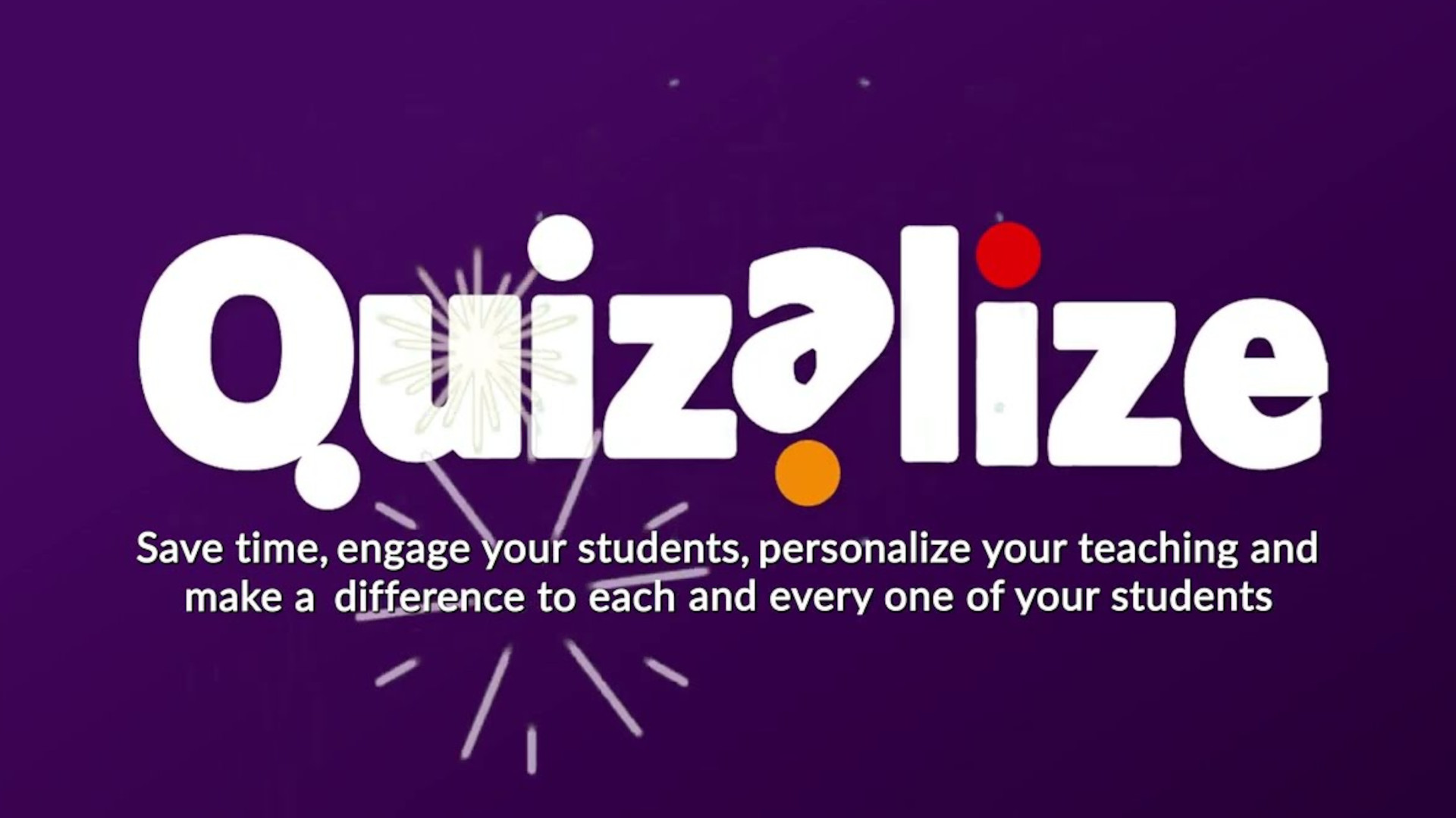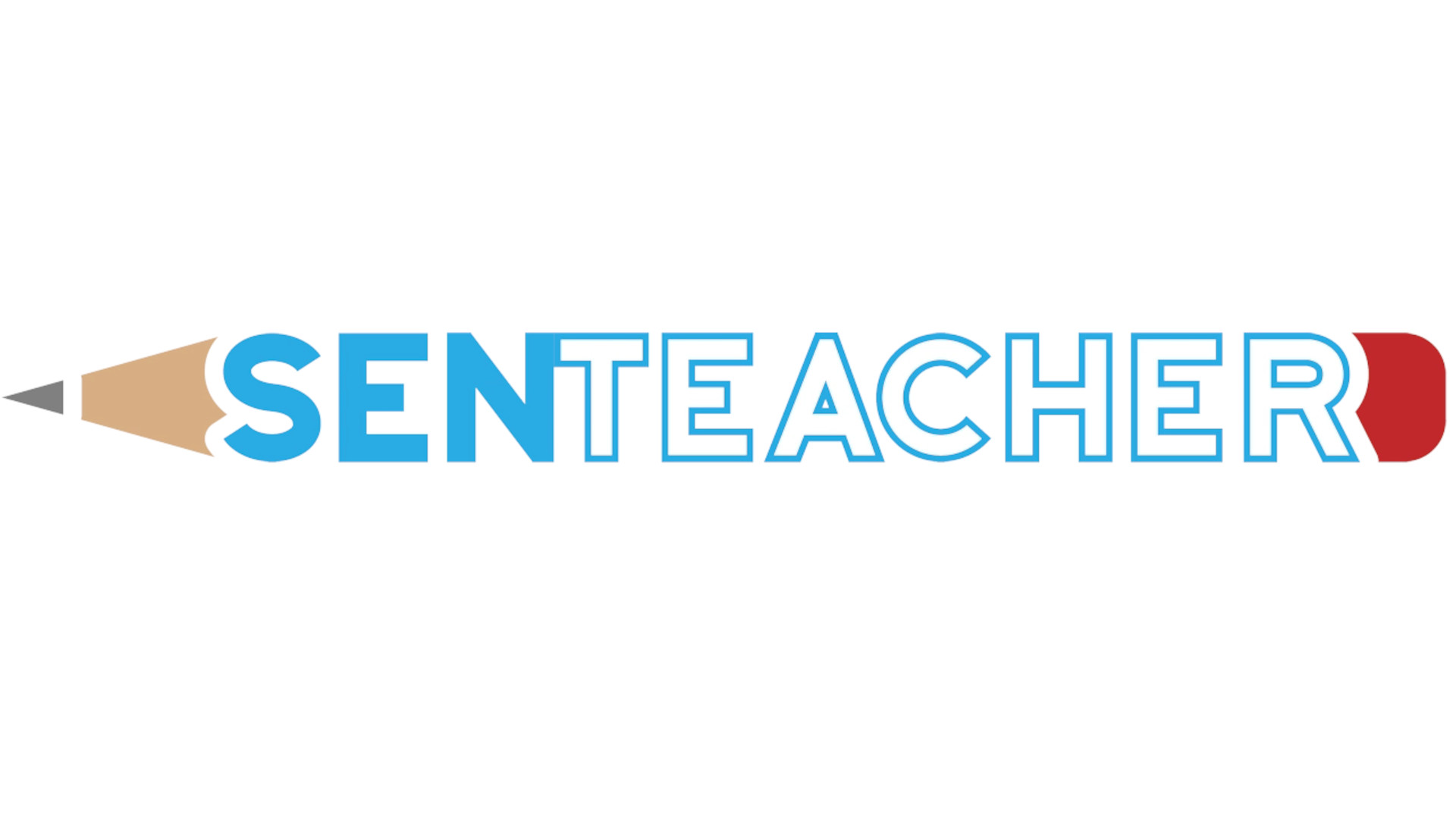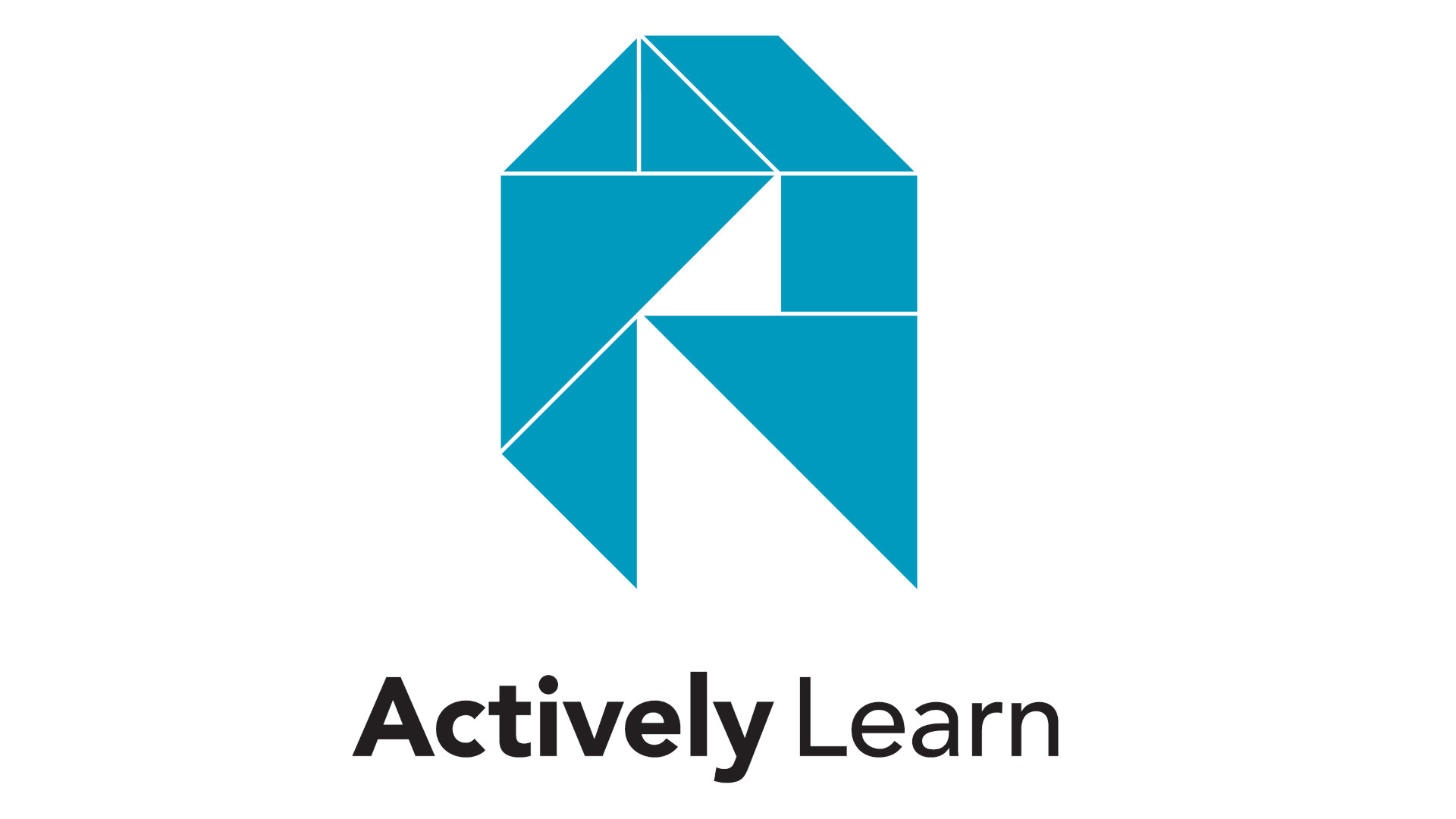5 Tips for IT Leadership From an Award-Winning Director of Technology
Innovative Leader Award winner Robert C. Sidford shares IT leadership advice, from focusing on fixing 80 percent of the problem to recognizing your own weaknesses.

Robert C. Sidford, director of technology and innovation at the Mt. Diablo Unified School District in California, was recently named the co-winner for Best Overall Implementation of Technology during Tech & Learning’s Innovative Leader Awards in California.
Sidford started his position in 2020 and oversaw the implementation of a one-to-one program for 29,000 students, prioritized equitable IT service management, streamlined purchasing projects, and improved student data privacy, among other initiatives.
A former classroom teacher and school administrator, Sidford was drawn to educational IT because of the impact technology can have on children and learning. Along the way, he’s gained great experience in IT leadership and leadership in general.
1. Think About the Long Term Even in a Crisis

Working during a pandemic meant Sidford had to prioritize the district’s most important tech needs. “I realized very quickly here that one of the reasons we were struggling to meet the needs of schools in the middle of a pandemic was we didn't have a district-wide work order system,” he says. “You can't put that in place in the middle of distributing 25,000 Chromebooks, but you can realize that, ‘Hey, this is a key problem that we have that we need to make sure that we address as soon as we can.’”
2. Communicate and Listen
Communicating and listening are vital to being successful as a director of technology. “It's having a clear vision of what things could be, and communicating that, but listening to the way that folks receive that,” Sidford says.
Conversations should be had with your superintendent, school board, principals, and teachers as these various groups should have a voice in the decision-making process.
While Sidford says it was clear early on that the district needed a standardized work-order system to increase efficiency and response time for IT requests, the district stakeholders had a voice in what that system ultimately looked like. “I don't necessarily care precisely how the ticketing system works, I care that we have one so that it can be made better over time,” he says.
Tech & Learning Newsletter
Tools and ideas to transform education. Sign up below.
3. Fix 80 Percent of The Problem
Particularly in a school setting, it’s important not to let great or perfect be the enemy of good. “I have a philosophy of fixing 80 percent of the problem first because you can fix 80 percent of the problem with about 50 percent of the effort,” Sidford says. “The last 20 percent of fixing it takes another 50 percent of the effort. So you can let things be not perfect because there's an opportunity cost.”
This doesn’t mean not perfecting things over time, but if he’s faced with three problems and limited resources, Sidford opts for fixing 80 percent of multiple problems rather than 100 percent of one problem.
4. Build Alliances
Sidford advises reaching out to various stakeholders within your district to build connections and collaborate with them, and to identify objectives. “[They] are really going to help make change and solidify change and make sure that the culture follows that because culture is the hardest thing to change,” he says.
Sidford also encourages technology directors to connect with vendors and teacher leaders, particularly edtech-focused ones. “Many districts have an edtech staff, some don't, especially smaller districts, but there are always edtech folks out there, even if it's teachers that are in classrooms that are leading efforts themselves,” he says. “Be known amongst those people and really be a champion for what they want to do.
5. Celebrate Your Team Members’ Strengths and Acknowledge Your Weaknesses
Every member of your team will have strengths and weaknesses. Good leaders will learn each team member’s strengths and make sure they’re putting them to work in areas in which they specialize and are passionate about, Sidford says.
The flipside of that is utilizing your staff’s expertise by listening to their input as well as recognizing the areas you need to improve. “Everybody has weaknesses,” Sidford says. “Every leader needs to put people in places where they can fill gaps that they have in their abilities. So when you know what your weaknesses are you can really hire people that are going to complement you.”
It’s also important to be open about your shortcomings and knowledge or skills gaps with your staff. “When you're not trying to be the knower of all things and the person sort of pulling all the strings, then that helps develop respect in staff for the work because they recognize their importance in the organization,” Sidford says.
Erik Ofgang is a Tech & Learning contributor. A journalist, author and educator, his work has appeared in The New York Times, the Washington Post, the Smithsonian, The Atlantic, and Associated Press. He currently teaches at Western Connecticut State University’s MFA program. While a staff writer at Connecticut Magazine he won a Society of Professional Journalism Award for his education reporting. He is interested in how humans learn and how technology can make that more effective.











